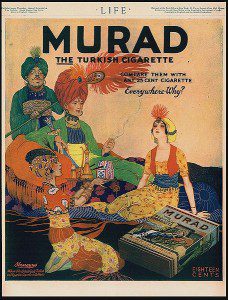Since September is life insurance awareness month, here a few thoughts on the need for life insurance.
Real life testimonials of life insurance beneficiaries are compelling. Neil Frankle of the WealthPilgrim.com has a memorable personal story of being orphaned at 17 and unexpectedly receiving $25,000 in life insurance that his father inadvertently signed up for as a loan condition.
Yes, but aren’t the odds of dying before one’s time fairly rare? Modern life is certainly not as prone to unexpected death as it was 100 years ago with tuberculosis, cholera, typhoid scarlet fever and pneumonia. There was the flu pandemic of 1918 and another could conceivably happen. The West Coast could see an earthquake on the order of magnitude as the San Francisco earthquake of 1906.
But in America today, on a day to day basis, the main risk to one’s life is in a car. It’s routine to travel at speeds above 50 mph, trusting your life to drivers passing by who may be drunk, distracted, unskilled or infirm. Fatalities run around 33,000 a year in the US. It’s possible to be another one, and entirely not your fault.
If you are raising children, get some life insurance. Term is cheap. Don’t let your kids down.
For example, Genworth, preferred non tobacco, 10 year term rates for men, $100,000 in coverage:
age 31 – $8.11 a month
age 36 – $8.37 a month
age 46 – $13.64 a month
age 51 – $19.68 a month
Genworth has $50,000 10 year term that’s even cheaper. Woman’s rates are even less than for men.






